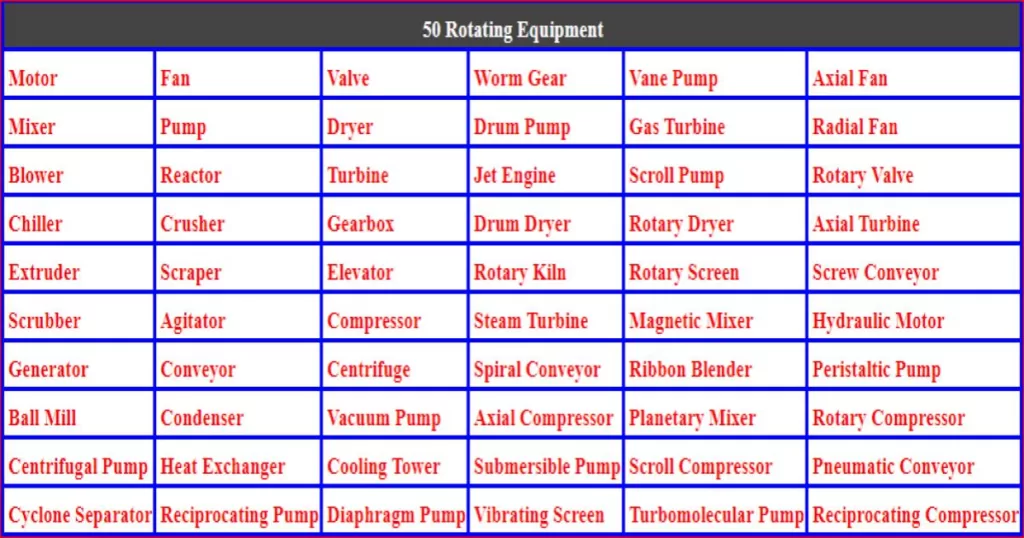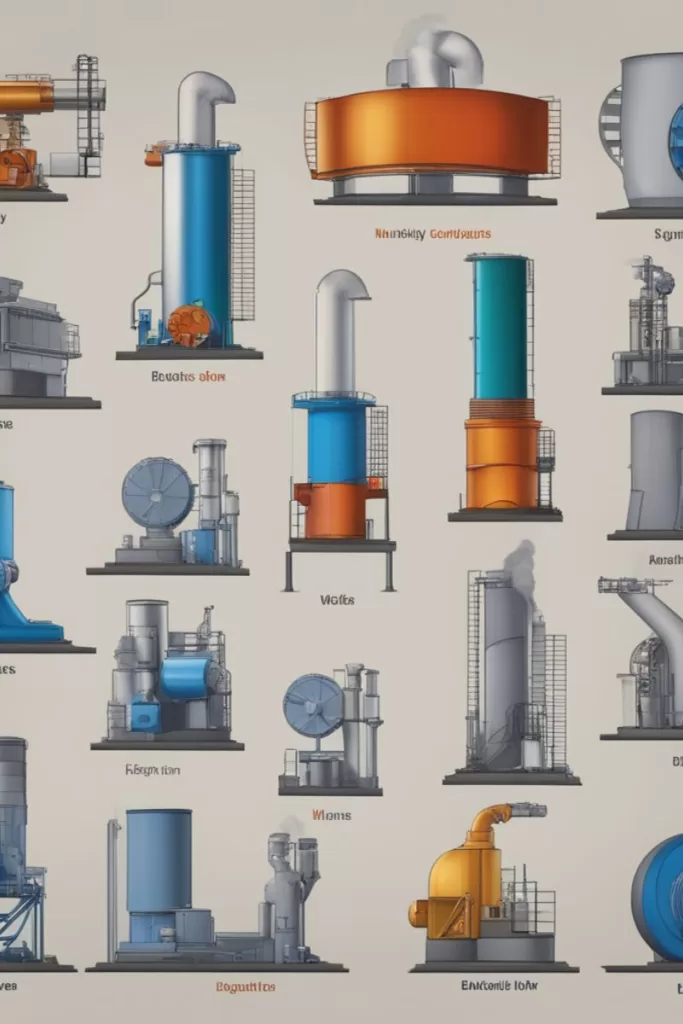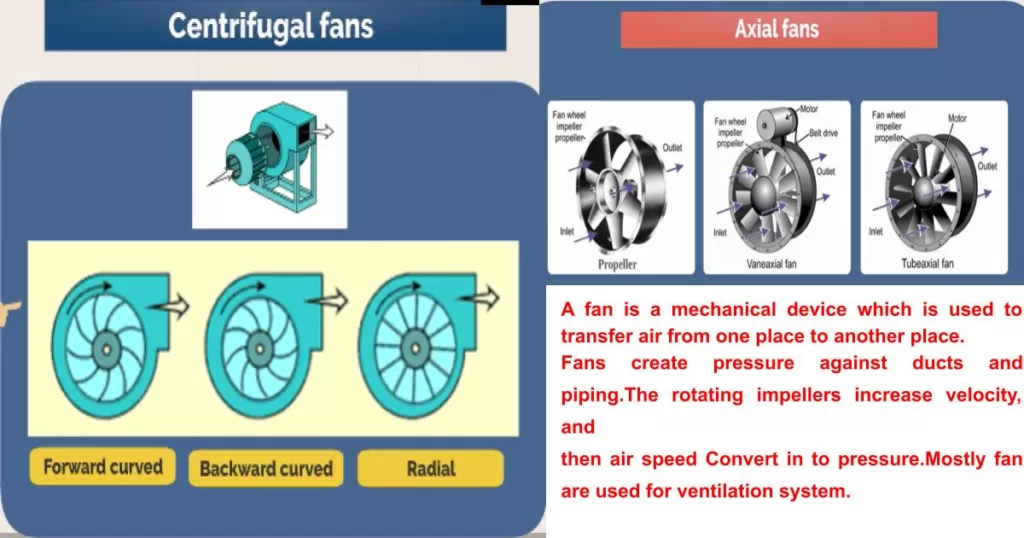 The A to Z Guide: Understanding the Different Parts of a Centrifugal Pump
The A to Z Guide: Understanding the Different Parts of a Centrifugal Pump
Centrifugal pumps are the unsung for fluid transportation. In our comprehensive guide, we’ll take you through the different parts of a centrifugal pump. With a focus on clarity and simplicity, from the impeller to the volute – ensuring you understand how they all come together to deliver optimal performance.
We’ll also explore the key terms and principles associated with centrifugal pumps. Whether you’re a mechanical engineer, a facilities manager, or simply curious about the fascinating world of pumps, this guide has something for everyone.
How Centrifugal Pumps Work
Centrifugal pumps operate based on a effective principle: they convert mechanical energy into hydraulic energy. This transformation is achieved through rotational motion generated by an impeller, which is the heart of the pump. When the impeller spins, it creates a centrifugal force that pushes fluid outward from the center of the impeller to its periphery. This action generates a pressure difference that draws fluid into the pump from the suction side and expels it from the discharge side, allowing for efficient fluid movement.
The design of a centrifugal pump is crucial for its performance. The pump typically consists of an impeller, a volute casing, and various other components that work in harmony to ensure optimal flow rates and pressure. As the impeller rotates, the fluid enters the pump through the suction inlet and is guided into the impeller’s vanes. The kinetic energy imparted to the fluid is then converted into pressure energy as it exits the impeller and moves into the volute casing.
Understanding the operational mechanics of centrifugal pumps is essential for anyone involved in fluid handling. These pumps are widely used across various industries, from water supply and sewage treatment to chemical processing and manufacturing. Their ability to handle large volumes of liquids efficiently makes them invaluable in both domestic and industrial applications, emphasizing the need for a well-rounded knowledge of their components and functionality.
Components of a Centrifugal Pump
A centrifugal pump comprises several key components, each playing a vital role in the pump’s overall operation. The main elements include the impeller, casing, shaft, bearings, mechanical seals, and the pump housing. Each of these parts must work together seamlessly to ensure that the pump functions correctly and efficiently. Understanding these components is essential for troubleshooting and maintenance, as issues in any part can lead to performance deficiencies.
The impeller, often referred to as the heart of the pump, is responsible for transferring energy to the fluid. It is typically made of materials that can withstand the fluid’s characteristics, such as corrosiveness or temperature. The casing, on the other hand, is designed to contain the fluid and direct its flow from the impeller to the discharge. This casing can vary in design, influencing the pump’s efficiency and performance based on the application it is used for.
Additionally, the shaft connects the impeller to the motor, allowing for the transmission of rotational energy. Bearings support the shaft and help maintain its alignment, reducing friction and wear. Mechanical seals prevent leakage of the fluid being pumped, ensuring that the pump operates without loss of efficiency or environmental contamination. Each component serves its purpose, and any malfunction can impact the pump’s performance, highlighting the importance of understanding these parts in detail.
Impeller and Volute Casing
The impeller is a critical component of a centrifugal pump, designed to impart energy to the fluid and create flow. Typically, it consists of curved blades that are strategically shaped to maximize fluid movement. As the impeller rotates, the blades push the fluid outward, converting the mechanical energy from the motor into kinetic energy. This action not only moves the fluid but also increases its pressure, enabling it to flow through the system.
The volute casing surrounds the impeller and plays an equally important role. Its design is intended to capture the kinetic energy generated by the impeller and convert it into pressure energy. The volute is typically tapered, allowing the fluid to expand and decelerate as it exits the impeller. This reduction in velocity results in an increase in pressure, which is essential for effective fluid transport. The design and dimensions of the volute casing can significantly influence the efficiency and performance of the pump, making it a critical consideration in pump design.
Furthermore, the interaction between the impeller and volute casing determines the overall performance characteristics of the pump. Factors such as the impeller diameter, blade shape, and volute geometry can all affect the flow rate, head, and efficiency. Understanding these components allows engineers and operators to select the appropriate pump for specific applications, ensuring that the system operates optimally and meets the required performance standards.
Shaft and Bearings
The shaft in a centrifugal pump is fundamental for the transfer of energy from the motor to the impeller. It is usually made from materials that provide strength and durability, such as stainless steel or carbon steel, allowing it to withstand the stresses of operation. The shaft must be precisely aligned to minimize vibration and wear, ensuring the smooth operation of the pump. A well-maintained shaft facilitates efficient energy transfer, which is crucial for the pump’s overall performance.
Bearings are another critical component, supporting the shaft and allowing it to rotate with minimal friction. They are typically located at both ends of the shaft, providing stability and alignment. The choice of bearing type can influence the pump’s reliability and lifespan. Common types include ball bearings and sleeve bearings, each with its advantages and suitability for different applications. Proper lubrication and maintenance of the bearings are essential to prevent premature wear and failure, which can lead to costly downtime.
When assessing the performance of a centrifugal pump, the shaft and bearings should not be overlooked. Issues such as misalignment, excessive wear, or inadequate lubrication can lead to increased operational costs and reduced efficiency. Regular inspection and maintenance of these components are crucial for ensuring the long-term reliability of the pump, making it essential knowledge for anyone involved in pump operation or maintenance.
Mechanical Seals and Gaskets
Mechanical seals and gaskets are vital components of centrifugal pumps that ensure the system remains leak-proof while under operation. Mechanical seals are used to prevent the fluid from leaking along the shaft where it exits the pump. These seals are designed to withstand high pressure and temperature as per requirement of pump application, making them essential in applications where fluids are corrosive or hazardous.
Gaskets, on the other hand, are used in various joints within the pump assembly, such as between the casing and the pump housing. They create a tight seal that prevents fluid leakage and protects against external contaminants. Selecting the right gasket material is crucial, as it must be compatible with the fluid being pumped and capable of withstanding the operating conditions. Over time, gaskets can wear out or degrade, leading to leaks that can compromise the pump’s efficiency.
Pump Housing and Suction Pipe
The pump housing is the outer shell of a centrifugal pump that contains all the internal components while providing structural integrity. It is designed to withstand the pressure generated during operation and to protect the internal components from external damage. The material used for the pump housing varies based on the application and the fluid being handled, with options ranging from cast iron to stainless steel or plastic. A well-designed housing is essential for ensuring the longevity and reliability of the pump.
The suction pipe, which connects the pump to the source of the fluid, is equally important. It is responsible for delivering fluid into the pump efficiently. The design and size of the suction pipe significantly affect the pump’s performance; if the pipe is too small or poorly designed, it can lead to cavitation, a condition where vapor bubbles form and collapse within the pump, potentially causing severe damage. Proper sizing, along with the use of appropriate fittings and components, is critical for maintaining an uninterrupted flow of fluid into the pump.
Additionally, the layout and configuration of the suction pipe can influence the overall efficiency of the pumping system. Factors such as the length of the pipe, the number of bends, and the presence of any obstructions can create resistance and affect flow rates. Understanding the interaction between the pump housing and suction piping is essential for optimizing the performance of centrifugal pumps in various applications, ensuring they operate effectively and efficiently.
Types of Centrifugal Pumps
Centrifugal pumps come in various types, each designed for specific applications and fluid characteristics. The most common types include single-stage, multi-stage, and submersible pumps. Single-stage pumps consist of one impeller and are typically used for applications requiring low to moderate pressure. They are straightforward in design, making them easy to maintain and operate. These pumps are ideal for tasks such as water transfer and irrigation.
Multi-stage pumps, on the other hand, contain multiple impellers and stages, allowing them to generate higher pressures. They are commonly used in applications such as boiler feed systems, water treatment facilities, and in situations where fluids must be elevated to significant heights. The ability to increase pressure through multiple stages makes them versatile for various industrial applications, providing the necessary head to transport fluids over long distances.
Submersible pumps are designed to operate underwater, making them ideal for draining, sewage removal, and groundwater extraction. These pumps are sealed to prevent water ingress and are typically more compact than other types, allowing them to fit into tight spaces. Understanding the different types of centrifugal pumps and their specific capabilities is essential for selecting the right pump for a given application, ensuring optimal performance and efficiency.
Common Problems and Troubleshooting
Centrifugal pumps, while robust, can encounter a range of common problems that may affect their performance. One of the most prevalent issues is cavitation, which occurs when the pressure within the pump drops below the vapor pressure of the fluid. This leads to the formation of vapor bubbles that can implode, causing damage to the impeller and other internal components. To troubleshoot cavitation, operators should ensure that the pump is adequately primed, check for blockages in the suction line, and confirm that the pump is not operating outside its designed capacity.
Another common issue is leakage, often caused by worn mechanical seals or gaskets. Leakage can lead to loss of efficiency and potential environmental hazards, particularly in applications involving hazardous fluids. Regular inspection of seals and gaskets is essential to identify wear and replace them as necessary. Additionally, operators should monitor for signs of leakage, such as fluid pooling around the pump or changes in pressure readings.
Vibration is another problem that can occur in centrifugal pumps, often indicative of misalignment, bearing wear, or other mechanical issues. Excessive vibration can lead to further damage if not addressed promptly. Routine maintenance and alignment checks are essential for preventing vibration-related issues. By understanding these common problems and associated troubleshooting strategies, operators can ensure their centrifugal pumps operate smoothly, minimizing downtime and maintenance costs.
Conclusion: Importance of Understanding Centrifugal Pump Components
Understanding the components of centrifugal pumps is crucial for anyone involved in their operation, maintenance, or selection. Each part, from the impeller to the mechanical seals, plays a significant role in ensuring efficient fluid transportation. A thorough knowledge of these components allows for better troubleshooting, maintenance, and optimization of pump performance, ultimately leading to increased reliability and reduced operational costs.
Moreover, as industries continue to evolve and demand more efficient fluid handling solutions, the importance of understanding pump technology cannot be overstated. With advancements in pump design and materials, operators must stay informed about the latest developments to select the best pumps for their applications. This knowledge not only enhances operational efficiency but also contributes to sustainability efforts by minimizing energy consumption and waste.
Ultimately, the journey through the A to Z of centrifugal pump components equips individuals with the insights needed to make informed decisions, ensuring that these essential machines continue to perform effectively in a wide range of applications. Whether for industrial processes, water supply, or recreational uses, a firm grasp of centrifugal pump mechanics is invaluable in maintaining fluid systems that are critical to our everyday lives.


